Wild Windy Weather
The wind was howling when Wren and I walked down to the beach at Noblewood Park in Willsboro with a plan to scan through the birds there. White-capped waves rolled and crashed along Lake Champlain, and the strong gale made scoping difficult at best and impossible at worst. The fact that it began snowing didn't help my cause either.
I eventually had to give up and walk away – my face numb and my eyes tearing - without having perused the flocks nearly as much as I would have wanted. But I could still see a collection of ducks that included both Greater and Lesser Scaup, Common Goldeneye, American Black Duck, Common Merganser, and Bufflehead.
Even more impressive were the numbers of gulls congregated on both sand spits which surround the mouth of the Bouquet River – I could only pull common species from my wildly bouncing scope, but the sand spit should be worth checking in the coming weeks with so many gulls present.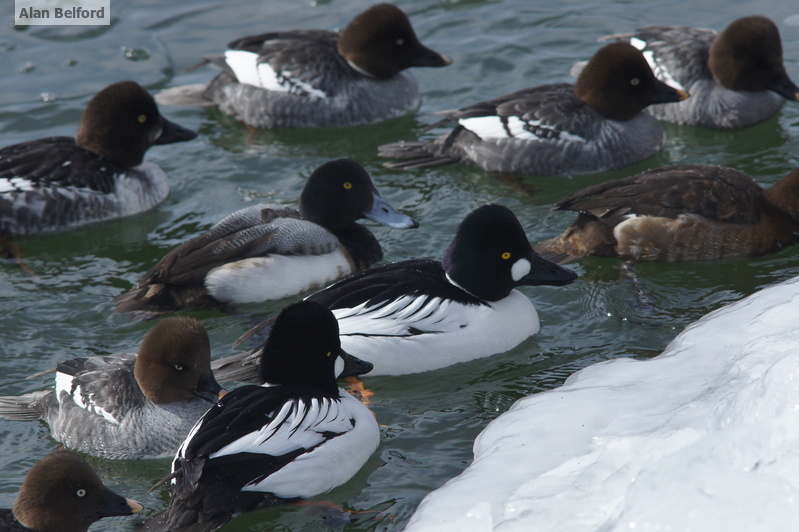
Raptors, Field Birds, And An Iceland Gull
Happy to warm up, Wren and I listened (well I listened, Wren dozed) to NCAA basketball in the car as we drove south along the lake, briefly checking the Essex Ferry Dock before cutting through the Magic Triangle. The strong winds seemed to be keeping many birds hunkered down, but we still noted Snow Buntings, Horned Larks, and American Tree Sparrows along the road with a Red-tailed Hawk as our first raptor of the day. We also found our first Red-winged Blackbirds of the day – reminders that spring is coming (and is now officially here) even with our snowy landscape.
For some reason Westport Boat Launch was a bit more sheltered from the wind than Noblewood and I scanned there for a spell noting the same duck species as we had seen previously. I also scoped the flock of gulls there and happily noted a first cycle Iceland Gull which offered nice views as it cruised overhead.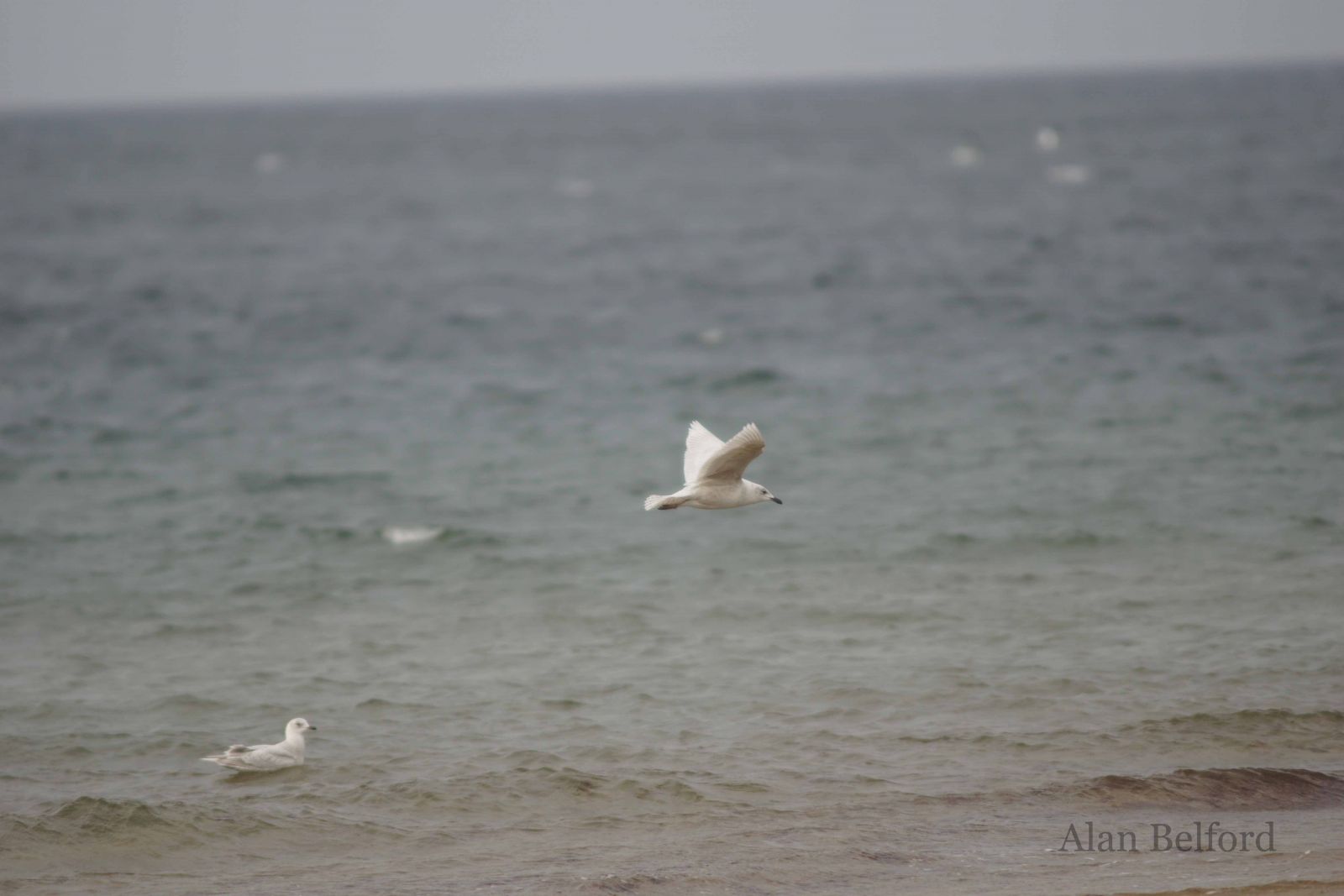
Loads Of Waterfowl – Including A Tufted Duck – And More Raptors
We continued south toward Port Henry where the pier was largely iced in and where I made a stop at Stewart’s for an ice cream cone – yup, even on a cold day! Bulwagga Bay was also almost completely iced over, but from the Johnny Podres sign pull-off (south of town along Route 22) I could see an opening in the ice off Crown Point.
The water there held a variety of distant ducks being harassed by a Bald Eagle. The day after Wren and I birded the area, a friend of mine noted five Greater White-fronted Geese sitting on the ice from the same spot – it goes to show how things can change during this time of year!
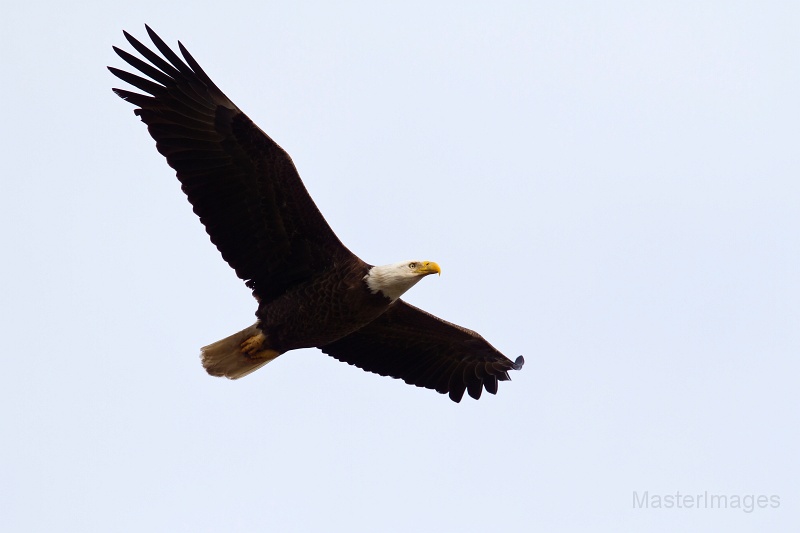
But on the day I was there, I didn’t see any geese and with the eagle spooking the ducks, I decided I might have better luck viewing them from Crown Point State Historic Site since I’d be closer to them. Before I stopped at the state historic site, I took a spin on a few of the roads in Crown Point where I found my first Rough-legged Hawk and Northern Harrier of the day. There were also a few Red-tailed Hawks, another Bald Eagle, and a flock of Snow Buntings which stayed too distant for photographs – a trend that continued for all of my Snow Buntings.
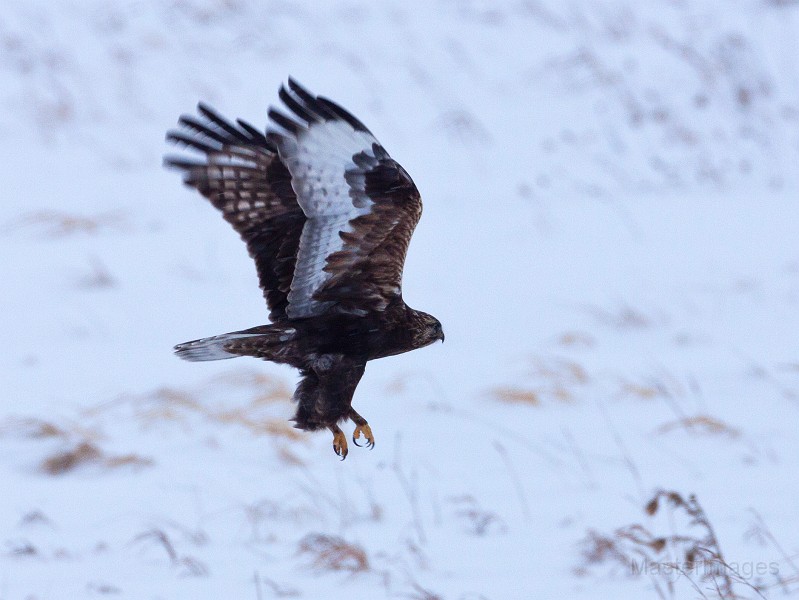
As I approached the Crown Point Bridge I could see that there was a great deal of open water on either side of it and I decided to see what waterfowl might be hanging out there before I took a walk in the historic site. I was glad that I did. Large rafts of ducks stretched along the water on both sides of the bridge, so I crossed the bridge to Chimney Point State Historic Site in Vermont which seemed to offer the best view of the birds.
Parking at the bottom of the hill in Chimney Point (where once again I was fortunately somewhat sheltered from the wind), I began to scan the birds – first those north of the bridge toward the main body of the lake, and then those south of the bridge where ducks often gather as the lake narrows.
Wren nosed her way around the shoreline and I began to pick through the large flocks of both Greater and Lesser Scaup. There were also more of the same species I had seen previously during the day – Bufflehead, Common Goldeneye, Common Merganser, Mallard, and American Black Duck, but I also pulled out Hooded Mergansers, Red-breasted Mergansers, and a string of Ring-necked Ducks.
Then to my excitement I spotted a drake Tufted Duck with the scaup – his long tassel waving in the stiff wind. Tufted Ducks are European species which have occurred in the Champlain Valley annually in recent years, but I had not heard of one being seen since December. It was a great find, and hopefully it will stick around for a spell.
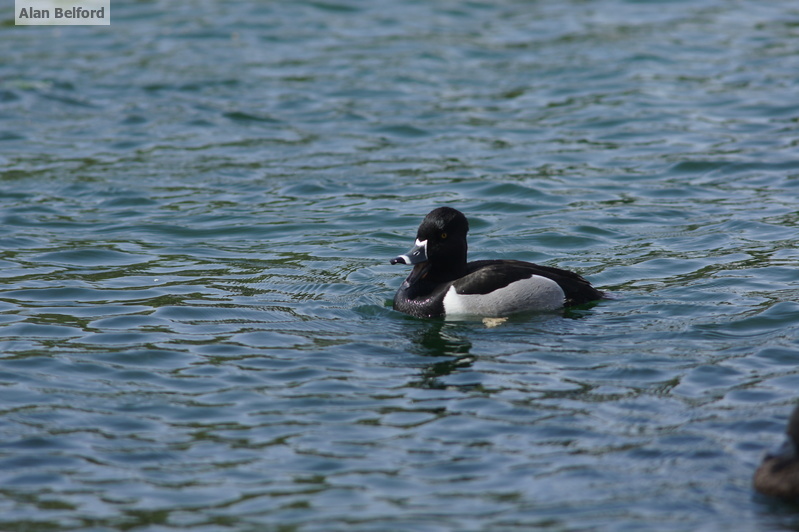
In addition, three Bald Eagles sat on the ice, and I also picked through the large gaggle of Canada Geese assembled on the south side of the bridge, but I didn’t note any unusual geese with them (only one Snow Goose) – I wonder where those Greater White-fronted Geese were that day.
Ending The Day With More Hawks — And Owls
Finally, with my eyes tired from scoping and a warm-up needed, Wren and I jumped back into the car and drove some of the farm fields in Vermont. The area just across the bridge from Crown Point is excellent for raptors and we found multiple hawks – including Rough-legged Hawks, Red-tailed Hawks, and another Northern Harrier. We also found more Horned Larks and lots of Snow Buntings, and the former allowed me to try some photos.
We topped off the day with a Snowy Owl – they’ve been around all winter this year – and a Short-eared Owl at Dead Creek Wildlife Management Area. With that we turned for home listening to basketball as we went, and eating cold pizza in the car to hold us over until a late dinner.
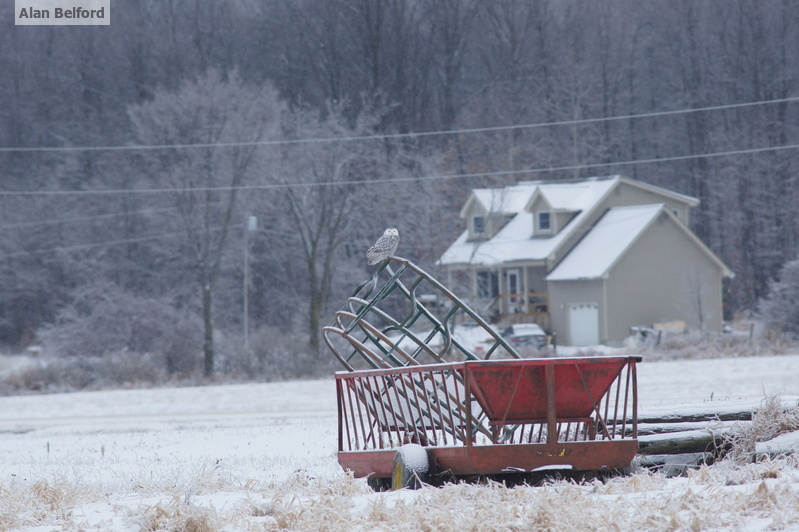
There is still some great late-winter birding in the Lake Champlain Region, and with spring upon us, the birding is going to keep getting better. Plan your birding trip today and check out our lodging and dining pages to help round out the trip.


